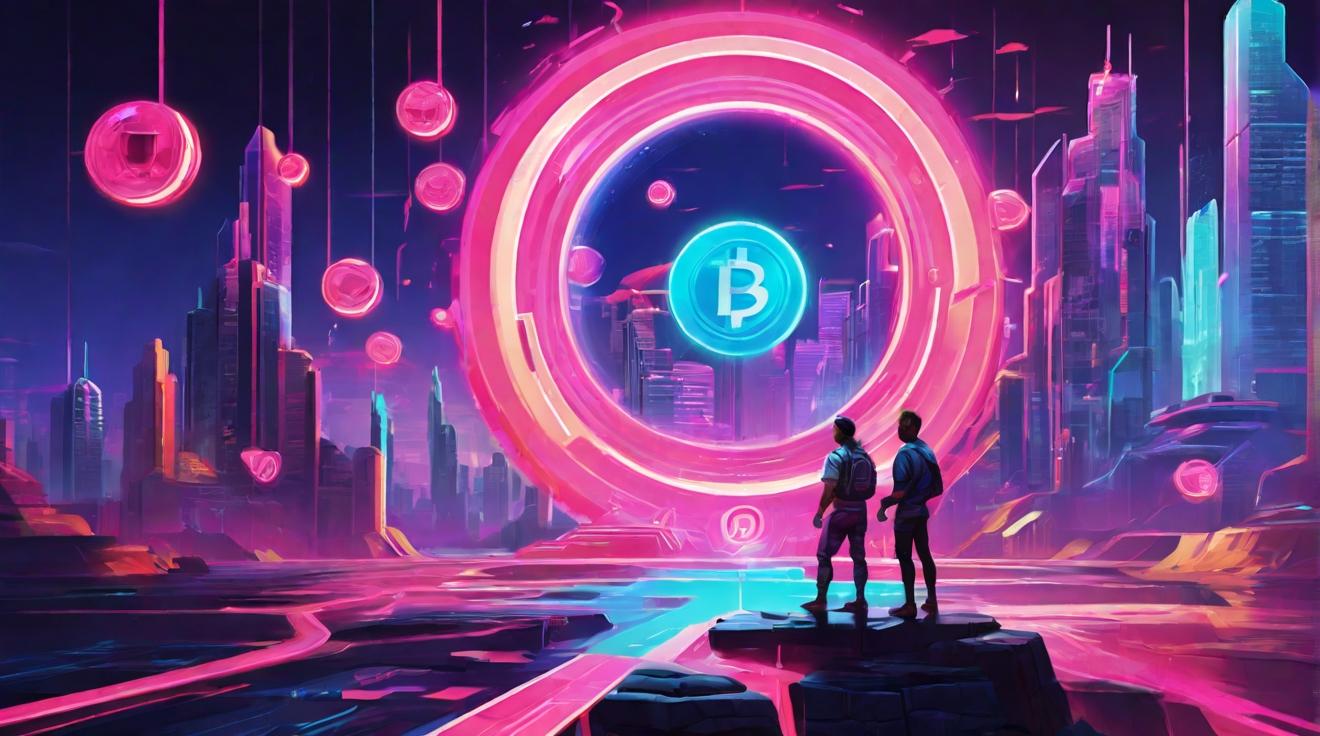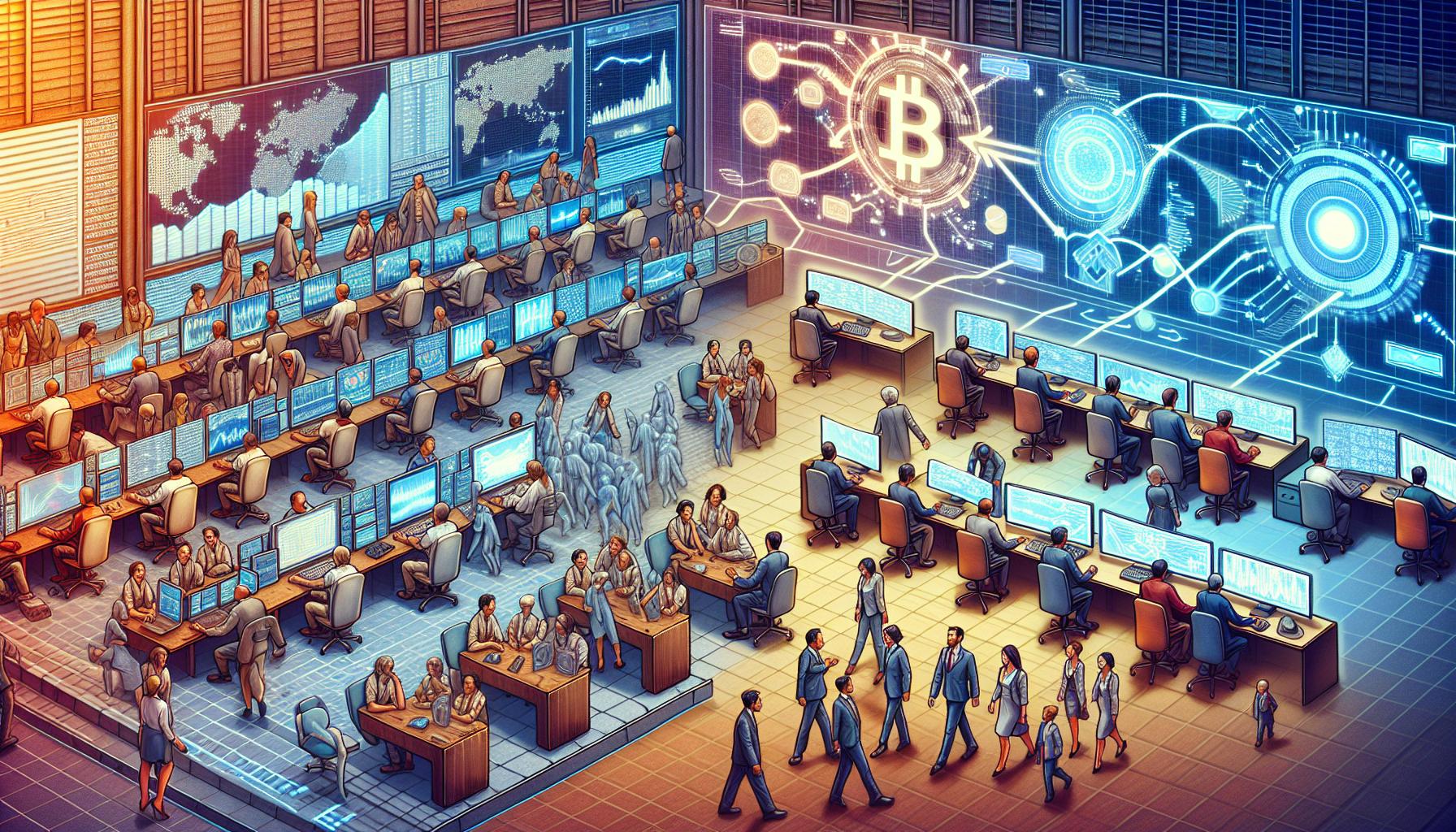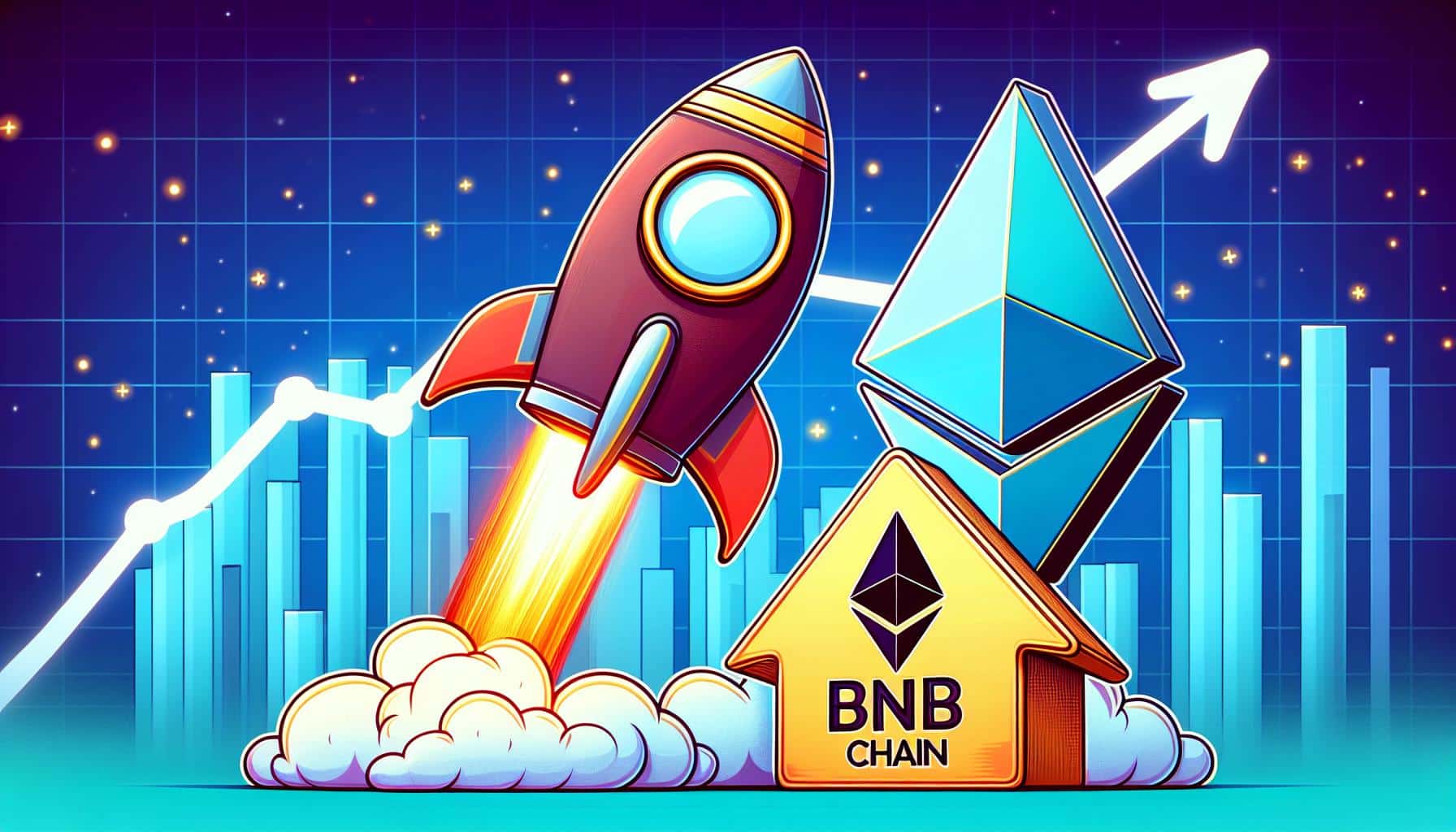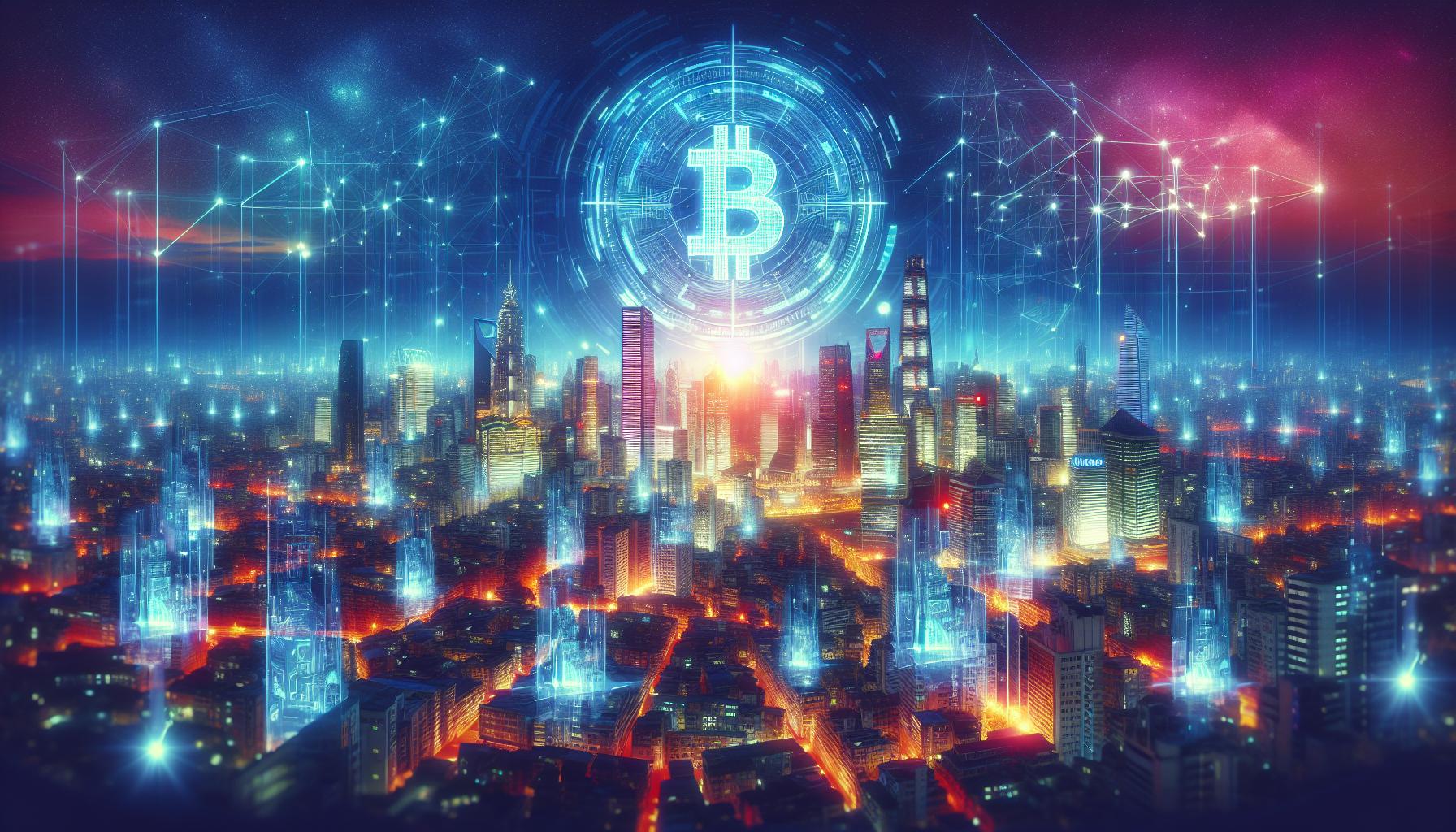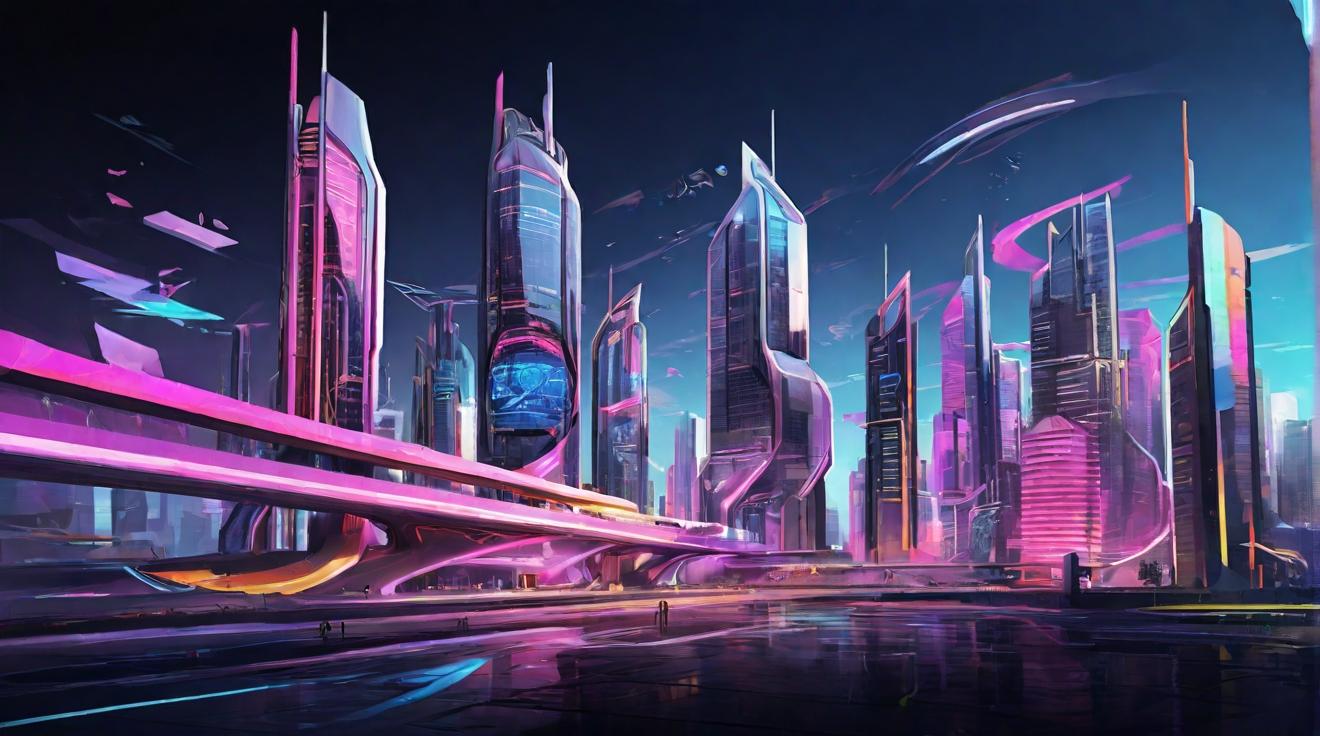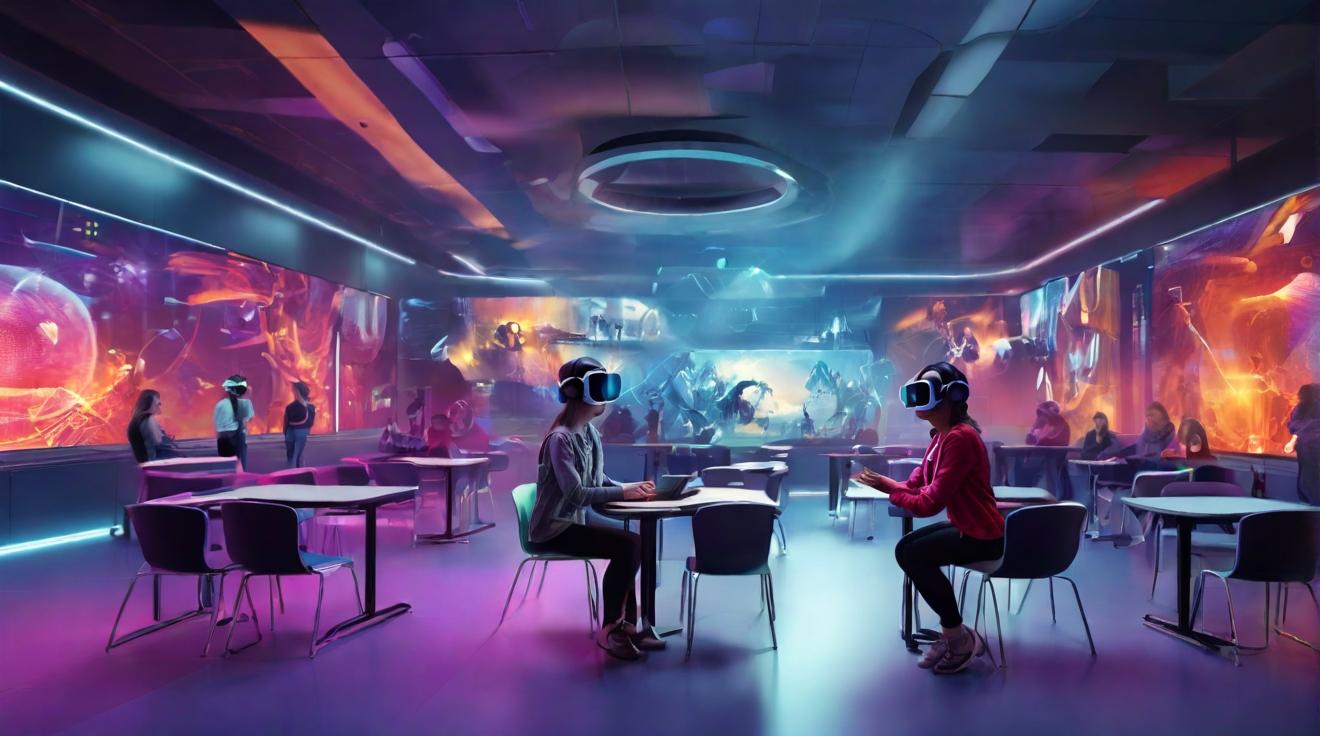The Dynamic Intersection of Cryptocurrencies and Gaming Economies
In the rapidly evolving digital landscape, cryptocurrencies are carving out a formidable niche within gaming economies, revolutionizing how players interact with in-game assets and virtual worlds. This burgeoning synergy promises to redefine the boundaries of digital ownership, player engagement, and economic models in the gaming industry.
The Rise of Virtual Economies
The concept of virtual economies is not new to the gaming world. For years, players have invested time and real money into acquiring in-game assets, from cosmetic skins to powerful weapons. However, the integration of blockchain technology and cryptocurrencies into these platforms is a game-changer, offering unprecedented security, transparency, and ownership.
Cryptocurrencies: A New Era for In-Game Assets
In-game assets, once confined to the limits of a single game or platform, now have the potential to possess real-world value, thanks to cryptocurrencies. This paradigm shift not only enhances the gaming experience but also creates a new asset class that is tradeable on global cryptocurrency exchanges.
Empowering Players and Developers
The fusion of gaming and cryptocurrencies empowers players with true ownership of their in-game items, enabling them to buy, sell, or trade assets without the fear of loss or fraud. For developers, this opens up new avenues for monetization and player retention, fostering a more vibrant and sustainable gaming ecosystem.
The Challenges Ahead
Despite the potential, integrating cryptocurrencies into gaming is not without its challenges. Regulatory uncertainties, the volatility of digital currencies, and the technical complexities of blockchain technology are significant hurdles. Moreover, there is a growing concern about the environmental impact of cryptocurrency mining, prompting a search for more sustainable solutions.
Navigating the Future
As the gaming industry navigates these challenges, the focus is on developing scalable, secure, and eco-friendly blockchain solutions. Innovations such as non-fungible tokens (NFTs) are already making waves, allowing for the creation and exchange of unique digital items across games and platforms.
Conclusion
The intersection of cryptocurrencies and gaming economies is a testament to the dynamic and innovative spirit of the digital age. As this ecosystem matures, it holds the promise of transforming not just gaming, but how we perceive and engage with digital assets. In this brave new world, the line between the virtual and the real continues to blur, setting the stage for an exciting future where gaming and blockchain technology coalesce to create immersive, economically viable virtual worlds.





